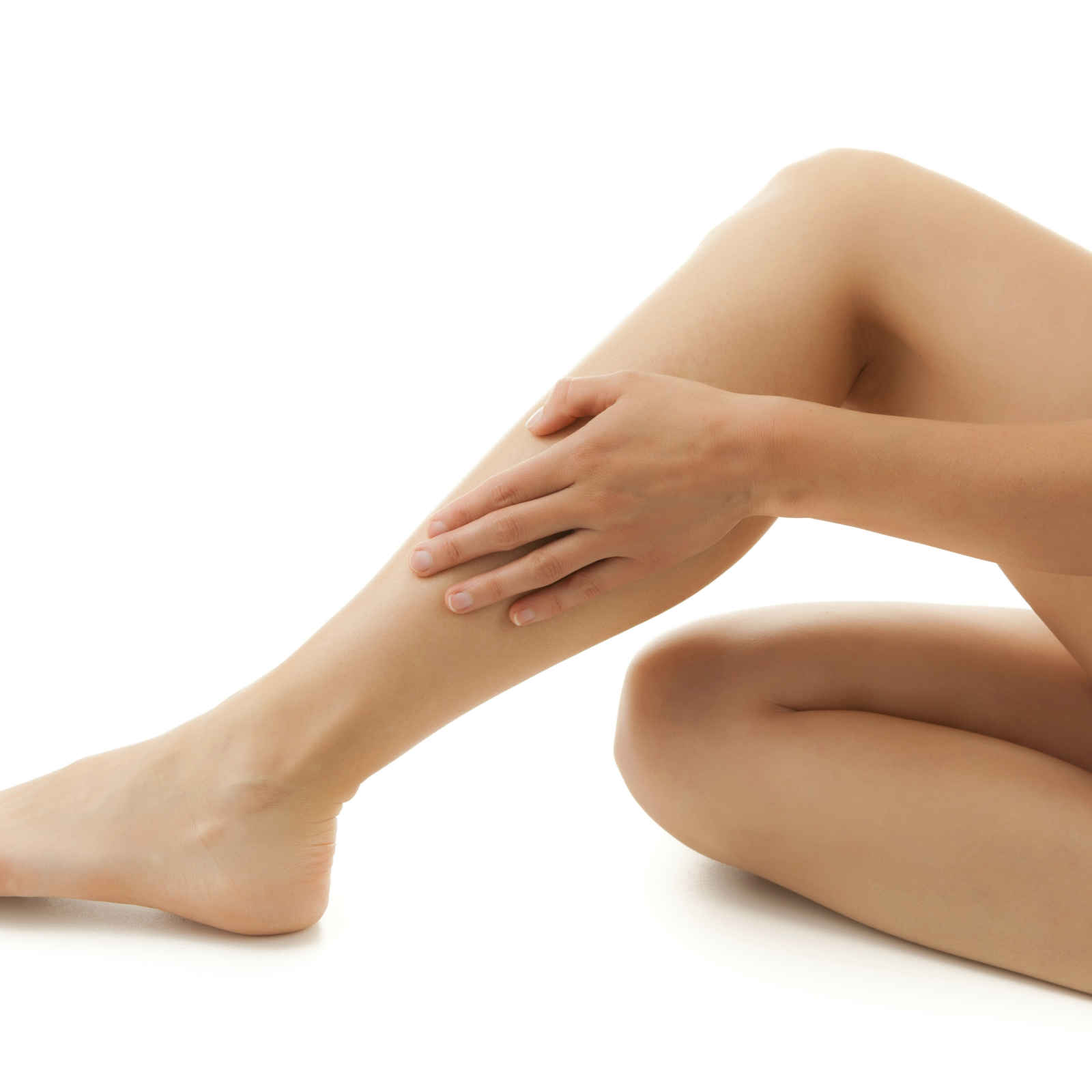23rd March 2015
Treating Varicose Veins

Mr Karim El Sakka, Consultant Vascular Surgeon at The Montefiore Hospital in Hove, discusses the options available for the treatment of varicose veins.
“Varicose veins are swollen or twisted veins, often a dark purple or blue colour, which usually occur in the legs. The internal structure of veins comprises of one way valves that help prevent blood from flowing backwards. If these valves become weakened, blood can start to pool in the veins making them enlarged and swollen.
“There are a number of ways of treating varicose veins. Discussion surrounding the suitability of each method, the expected outcome and procedure risks, takes place at consultation. Firstly there is surgical removal, known as ‘ligation’ or ‘stripping’ and this involves tying off and removing the vein. This is performed in theatre under a general anaesthetic, usually as a day case, though full recovery may take a couple of weeks. Nowadays surgery tends to be avoided where possible, favouring methods that can be performed in clinic with a local anaesthetic. These methods include radiofrequency ablation and foam sclerotherapy.
“Radiofrequency ablation uses a heat source to seal the affected vein. A narrow catheter is inserted by a small incision and moved along the vein with guided ultrasound, sealing it at regular intervals. This is carried out with a local anaesthetic and takes approximately 30 minutes. Patients are generally able to walk out following the treatment and can return to work the same day. For those with especially twisted veins this method is less suitable as the catheter cannot be fully inserted.
“Foam sclerotherapy is particularly good for recurring varicose veins and for those not suitable for radiofrequency ablation. A foam mixture is injected into the vein using ultrasound guidance. This works by forcing the blood out of the varicose vein and making the walls of the vein ‘sticky’ so that the vein closes off. Over a period of a few weeks the treated varicose veins tend to shrivel up and disappear. Depending on how many veins are affected this may require another two or three sessions. This is performed as an outpatient procedure with a local anaesthetic and does not require any cut or incision to be made to the leg. Most patients can return to work the next day.
“Recovery time varies depending on procedure and individual. In some cases bruising and swelling can be expected and your consultant may recommend elasticated support stockings.
“For those who don’t wish to undergo surgery, there are a number of self-help methods. These include, avoiding prolonged sitting or standing and making efforts to raise your feet frequently. Also, special compression stockings can be worn to aid circulation. A programme of regular exercise is unlikely to make varicose veins disappear, but may prevent them from appearing in the first place.
Mr Karim El Sakka has weekly clinics at the Spire Montefiore Hospital in Hove. For further information please call 01273 828 148
The content of this article is provided for general information only, and should not be treated as a substitute for the professional medical advice of your doctor or other health care professional.